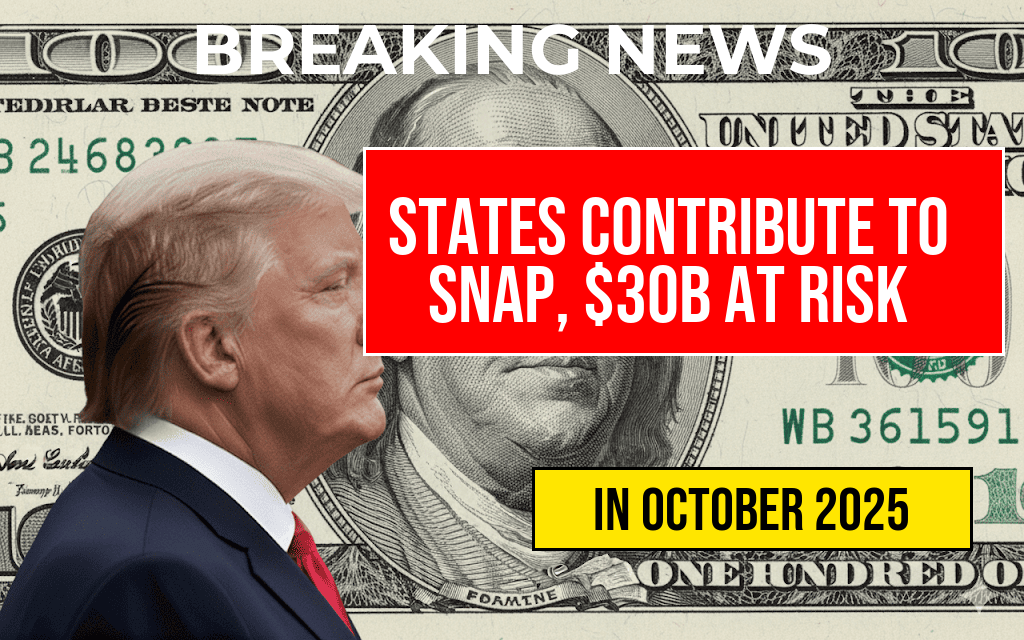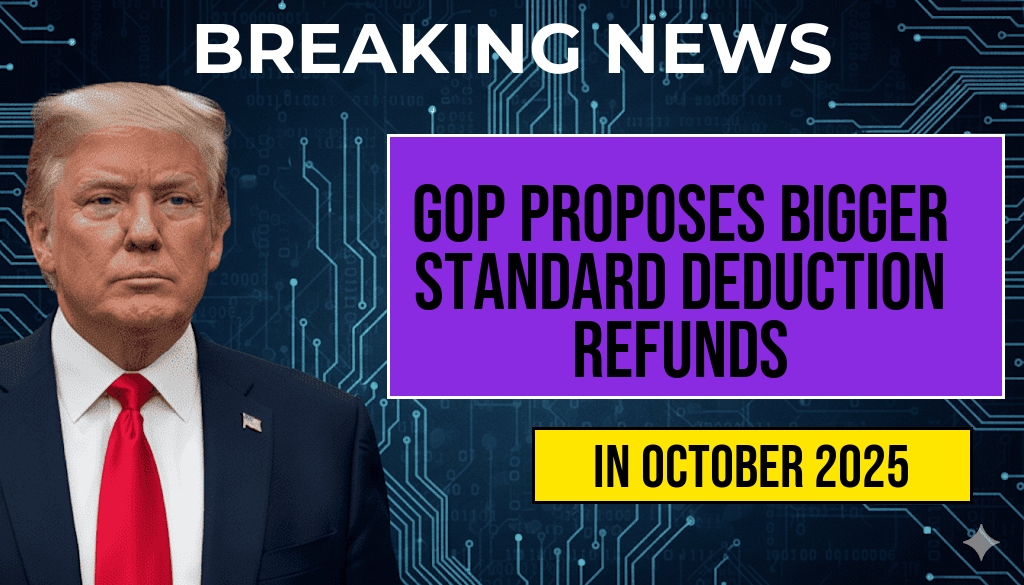As states grapple with budget constraints, a rising concern has emerged regarding the Supplemental Nutrition Assistance Program (SNAP). Recent changes in federal policy have led to states beginning to contribute to SNAP costs, putting millions of American households at risk of losing access to approximately $30 billion in benefits over the next decade. This shift in funding responsibility has sparked intense debates among lawmakers and advocates, raising questions about the future of food assistance for vulnerable populations. With the potential for significant cuts to SNAP, many low-income families are bracing for the financial ramifications that could follow.
Understanding the SNAP Funding Shift
The SNAP program, which plays a crucial role in providing food assistance to millions of low-income Americans, has historically been funded primarily by the federal government. However, recent legislative changes have mandated that states contribute a portion of the program’s costs. This new policy, part of broader budgetary reforms, has prompted concerns about the sustainability of SNAP benefits, particularly as states face their own fiscal challenges.
Impact on Households
Experts estimate that the introduction of state contributions could lead to a loss of nearly $30 billion in SNAP benefits over the next decade. This reduction could severely impact food access for low-income households, potentially increasing food insecurity across the nation. According to the U.S. Department of Agriculture, nearly 42 million Americans rely on SNAP to help cover their grocery bills.
- Food Insecurity Increase: With reduced funding, families may struggle to afford nutritious food.
- Health Consequences: Food insecurity is linked to various health issues, including obesity and chronic diseases.
- Economic Strain: Local economies could suffer as spending on food declines.
State Responses and Reactions
States are responding to the new funding requirements in various ways. Some have expressed concerns about the potential burden on their budgets, arguing that the additional costs could divert resources from other essential services. Others are exploring ways to mitigate the impact on SNAP recipients through local initiatives and programs.
Legislative Backlash
Lawmakers across the political spectrum are voicing their opinions on the changes. Advocates for low-income families are urging Congress to reconsider the funding shift, emphasizing the critical role SNAP plays in ensuring food security. They argue that the federal government should maintain its full financial commitment to the program to prevent a rise in hunger and poverty rates.
- Supporters of SNAP: Advocates emphasize the importance of maintaining funding to combat food insecurity.
- Opponents: Some lawmakers argue for budgetary responsibility and state flexibility.
Future Implications for Food Assistance Programs
The ramifications of this funding shift extend beyond the immediate impact on SNAP. As states are forced to contribute more, there is concern that other food assistance programs may also suffer. Programs designed to support farmers, promote nutrition education, and provide emergency food assistance could face significant funding cuts, exacerbating the food insecurity crisis.
Community Support and Resources
In light of these developments, community organizations are ramping up efforts to support families at risk of losing SNAP benefits. Many are providing resources, such as food banks and nutrition workshops, to help families navigate the impending changes. Additionally, local advocacy groups are pushing for policy adjustments to protect the most vulnerable populations.
| Year | Estimated Loss in Benefits | Projected Number of Affected Households |
|---|---|---|
| 2024 | $3 billion | 1.5 million |
| 2025 | $3.5 billion | 1.75 million |
| 2026 | $4 billion | 2 million |
| Total (2024-2034) | $30 billion | Over 10 million |
A Call for Action
The potential loss of $30 billion in SNAP benefits over the next decade is a pressing issue that demands urgent attention from policymakers, community leaders, and advocates. As the landscape of food assistance changes, it is imperative to ensure that support systems are in place to protect the most vulnerable populations. The future of food security for millions of Americans hangs in the balance, and proactive measures are essential to safeguard access to nutrition in every community.
Frequently Asked Questions
What is SNAP and why is it important?
SNAP, or the Supplemental Nutrition Assistance Program, is a federal program that provides food assistance to low-income households. It plays a crucial role in alleviating hunger and improving nutrition among vulnerable populations, especially children and the elderly.
What changes are being made to SNAP funding?
Recently, some states have begun to contribute to SNAP costs, which could lead to significant changes in how the program is funded. This shift may result in a potential loss of $30 billion in benefits over the next decade for affected households.
How will these changes affect households currently receiving SNAP benefits?
Households that rely on SNAP benefits may face challenges in maintaining their current level of assistance. The contribution from states could mean reduced federal funding, putting many families at risk of losing vital support for food security.
What can households do to prepare for potential changes in SNAP?
Households should stay informed about policy changes and consider contacting local advocacy groups for support. It may also be wise to explore other food assistance programs or community resources that can help supplement their needs.
Are there any ongoing discussions about reversing these changes?
Yes, advocacy groups and policymakers are actively discussing the impact of these changes on food assistance. There is hope that community voices will influence decisions to protect SNAP funding and ensure continued support for low-income families.












